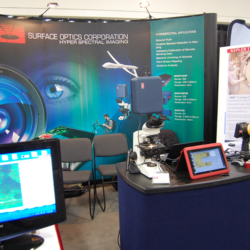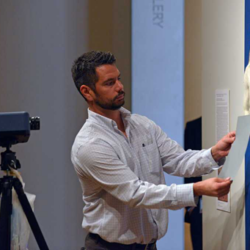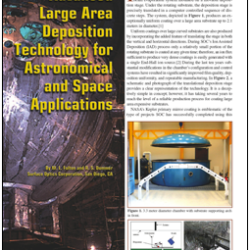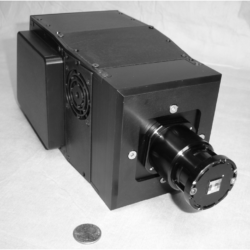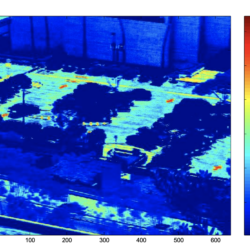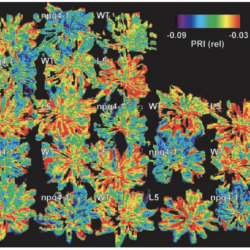Data from Kepler space telescope indicates Earth-like planets are right next door
February 11, 2013
Using publicly available data from NASA’s Kepler space telescope, astronomers at the Harvard-Smithsonian Center for Astrophysics (CfA) have found that six percent of red dwarf stars have habitable, Earth-sized planets. Since red dwarfs are the most common stars in our galaxy, the closest Earth-like planet could be just 13 light-years away.

